Garmin Approach R50 Review: Does It Live Up To The Hype?
Deputy Editor Joel Tadman finally got his hands on the Garmin Approach R50, which combines a launch monitor and golf simulator in one, but does it work well in practice?
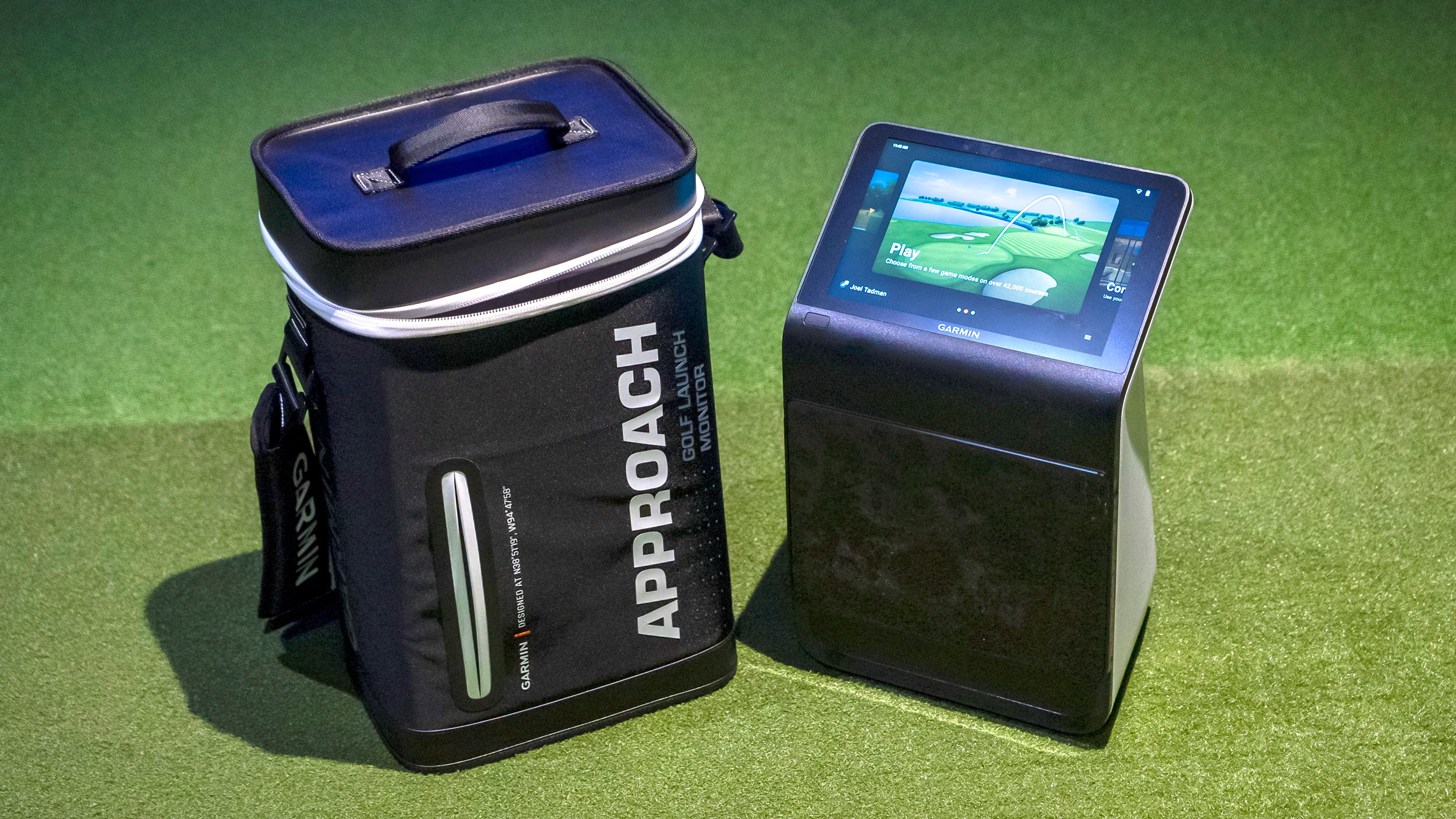
The experience with the Garmin Approach R50 lived up to all expectations. It is simple to set up and use, the display is detailed and clear, the data accurate and simulator experience near faultless. It has become one of the leading options for those looking to create an indoor set up.
-
+
Launch monitor and golf simulator in one unit
-
+
Clear, responsive touchscreen display
-
+
Accurate, customisable data
-
+
Realistic simulator experience
-
-
User required to bend/kneel down to change settings
-
-
Simulator feature comes small with additional cost
Why you can trust Golf Monthly

I’ve been reviewing golf equipment for over 10 years now but I struggle to recall a buzz around the launch of a new product as sizeable as what engulfed the unveiling of the Garmin Approach R50. The hype was justified - this was the first (pretty much) launch monitor to also include built-in golf simulator capabilities. Not only did it promise to solve existing issues like expensive subscription add ons and the need for gaming laptops, it also came in at a very appealing price point (under $5,000). But was all the euphoria justified? Well I finally got my hands on the Approach R50 and gave it a thorough test at the indoor studio at Peterborough Milton golf club - here are my findings.
My first impression, having tested a lot of the best golf launch monitors, is that the Approach R50 is a pretty sizeable unit. This works in its favor in one sense when it comes to the screen (more on this soon) but to its detriment in others. While it’s bulky, it’s not heavy or cumbersome, tipping the scales at just over 4kg and is easily portable thanks to the ergonomic design (you can lift up with one hand) as well as the robust case with shoulder strap included, which means you can carry it with you without fear of the unit getting damaged.

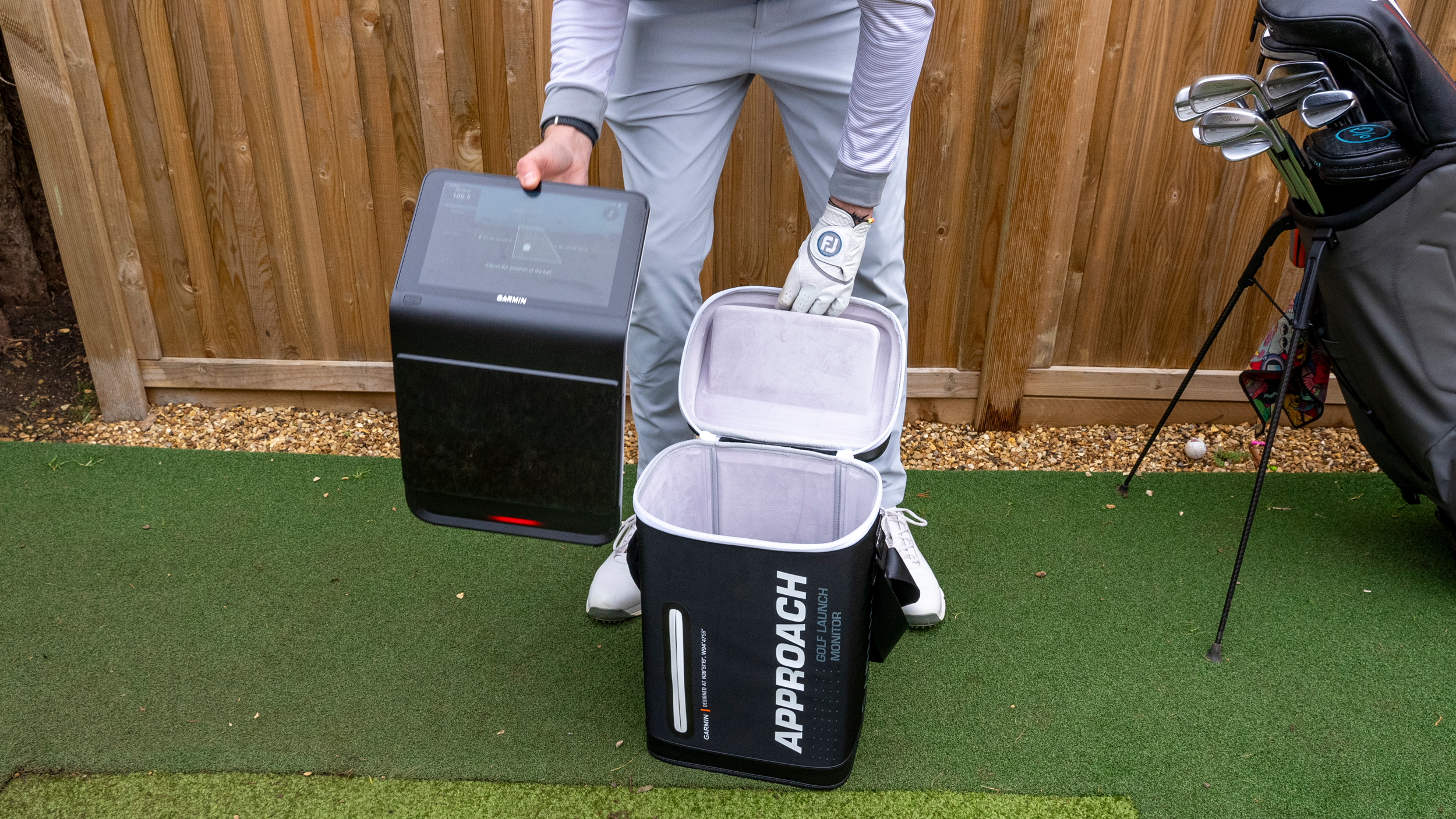
The Approach R50 comes to life through the 10-inch full color touchscreen, which is bright, crystal clear and very responsive. Enter your settings and pair it with your Garmin Golf account (if you want to sync your clubs and session data for review at a later time) and you’re then greeted with the three modes to choose from: Practice, Play and Connect.
Practice is the place where golfers can work on their game at one of four simulated driving ranges, depending on how many targets and other visual stimuli you want to look at. The R50 uses three cameras to track 15 club and ball data points, it also uses the cameras to adjust your alignment - which is worth doing at the start of the session by lining up two balls. To get club data, you need to apply a sticker to the top of the clubface, which is a little annoying but doesn’t take long to do and the case includes a pack of 250 stickers, so you won’t run out for a while.

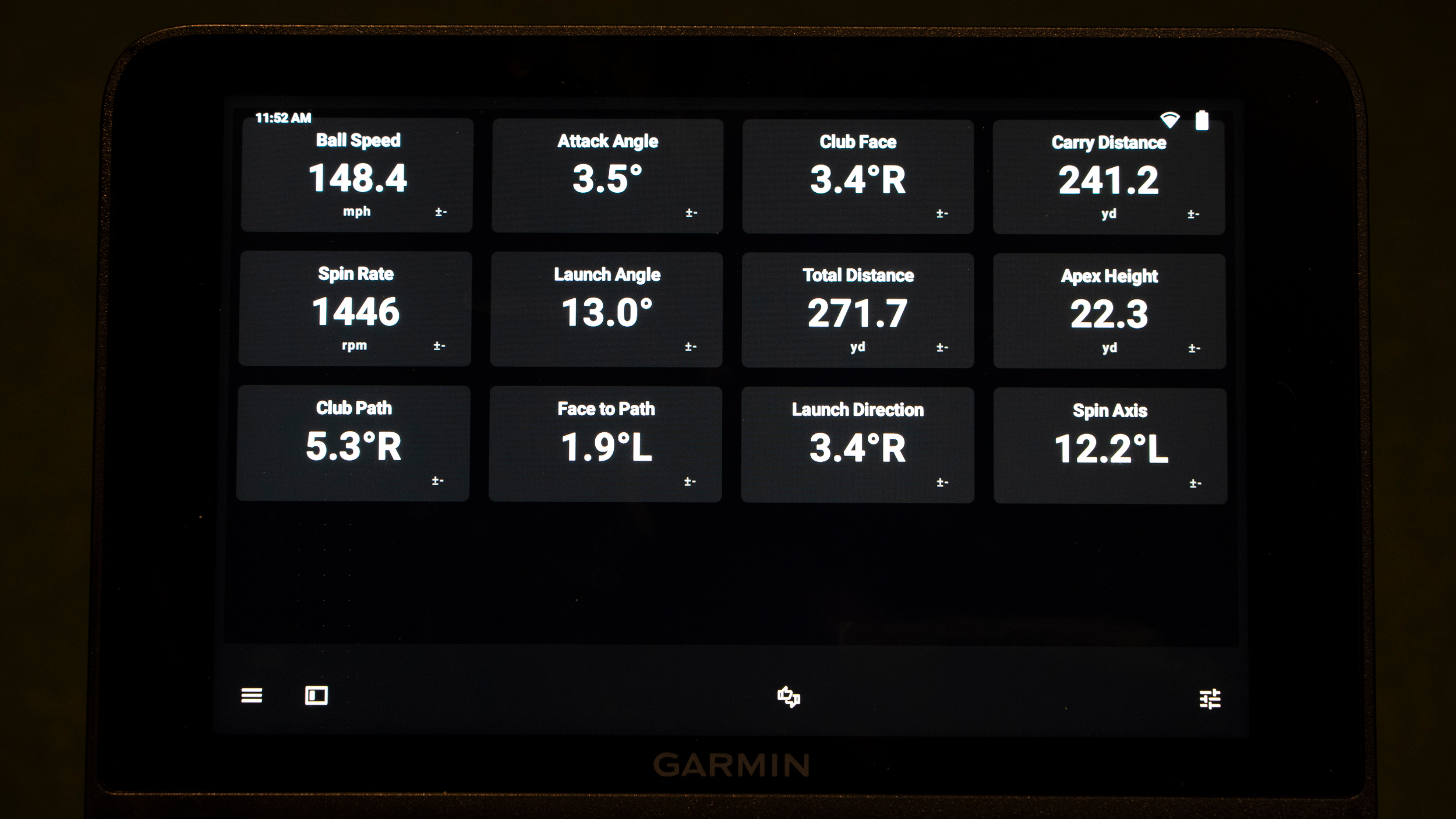
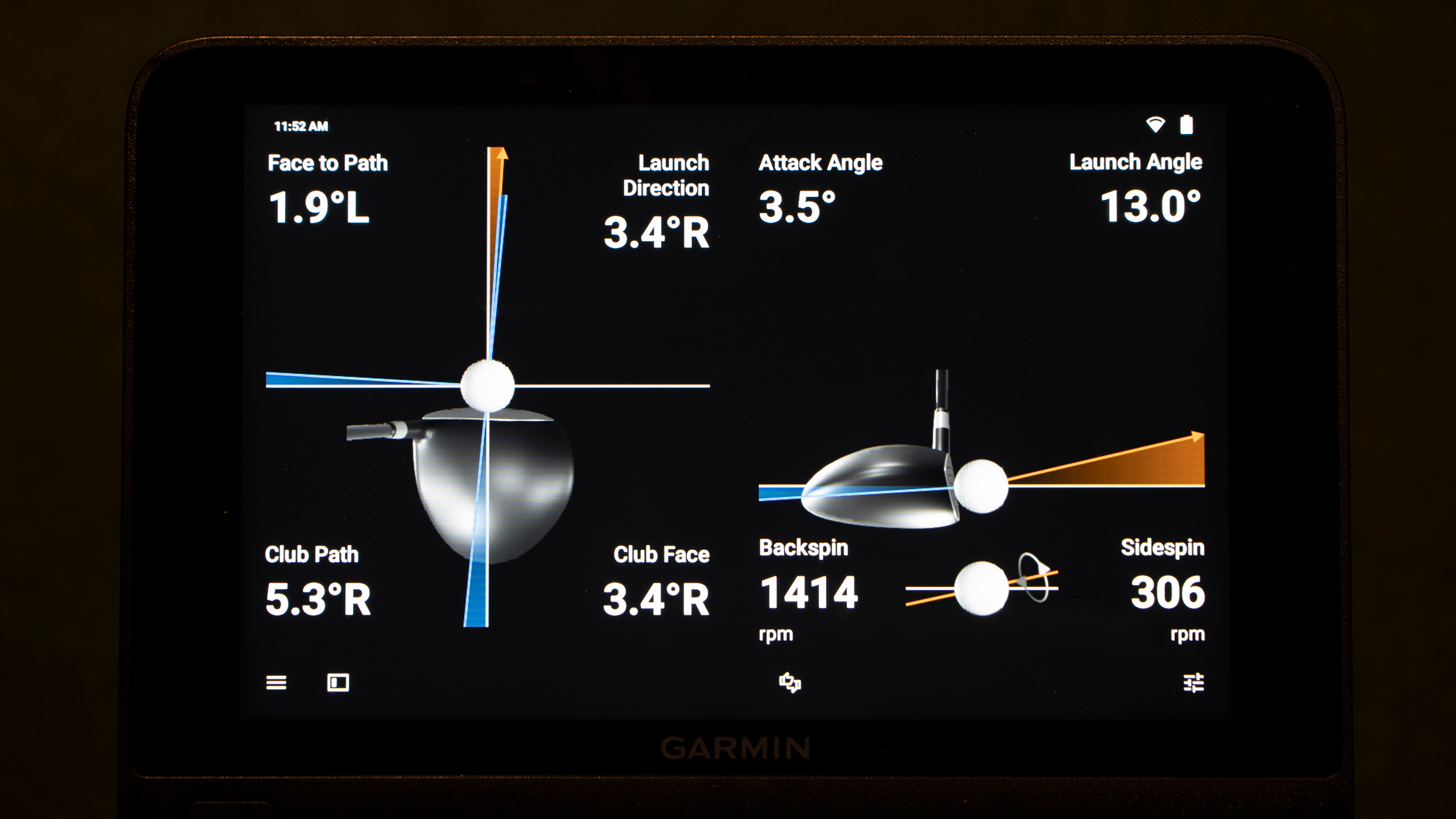
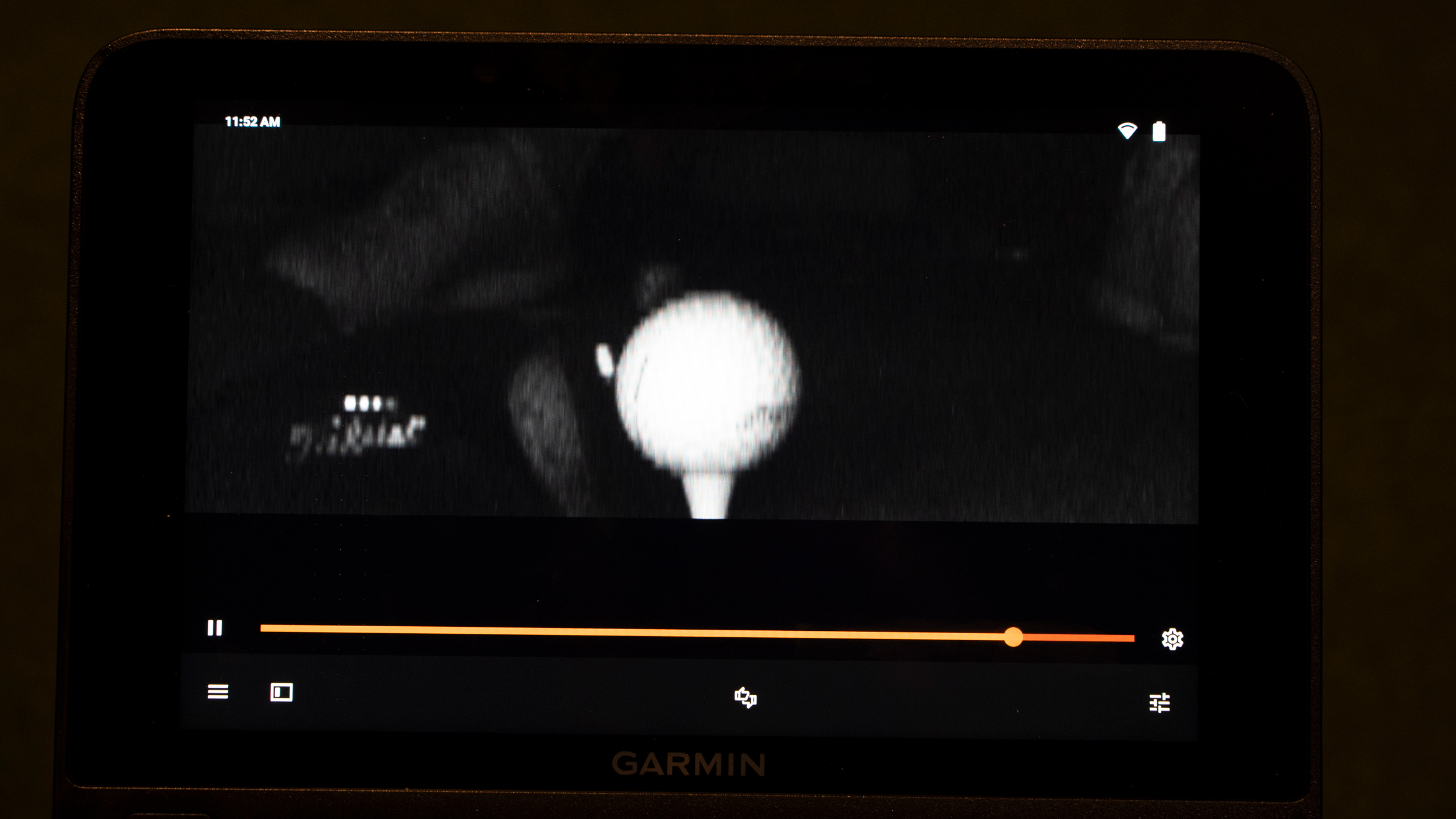
What I really liked about the R50 was how customizable the view of the data was. I could drag up the metrics I was most interested in and see them alongside my ball flight, which isn't something all the best portable launch monitors offer. I could see all the numbers together or I could see them on a graphical representation of impact between club and ball. Hook the R50 up with a screen using a direct connection to a projector via a HDMI cable means you can have a combination of both between screen and unit. I also enjoyed watching the high speed impact playback, which provides a super slo-mo video of the moment of strike. This could be useful if trying to ascertain if a new swing move is leading to an improvement in ball striking, although the front angle arguably isn’t the one most people would choose to view it from.
The numbers certainly stacked up for me versus what I was used to seeing from premium launch monitors like the Foresight Sports GCQuad and GC3. I tried to run the R50 alongside the GCQuad I also had access to at the time, but there was clearly some interference going on that meant neither unit tracked any shots.
There was barely any delay from the ball hitting the screen to the ball flight appearing and while I experienced a couple of questionable ball flights, generally my sessions were seamless. That said, I did struggle to locate the setting that turned on club data initially - by default it won’t show, even if you’ve applied the sticker to the clubface, which was strange and took me a good 10 minutes to find.
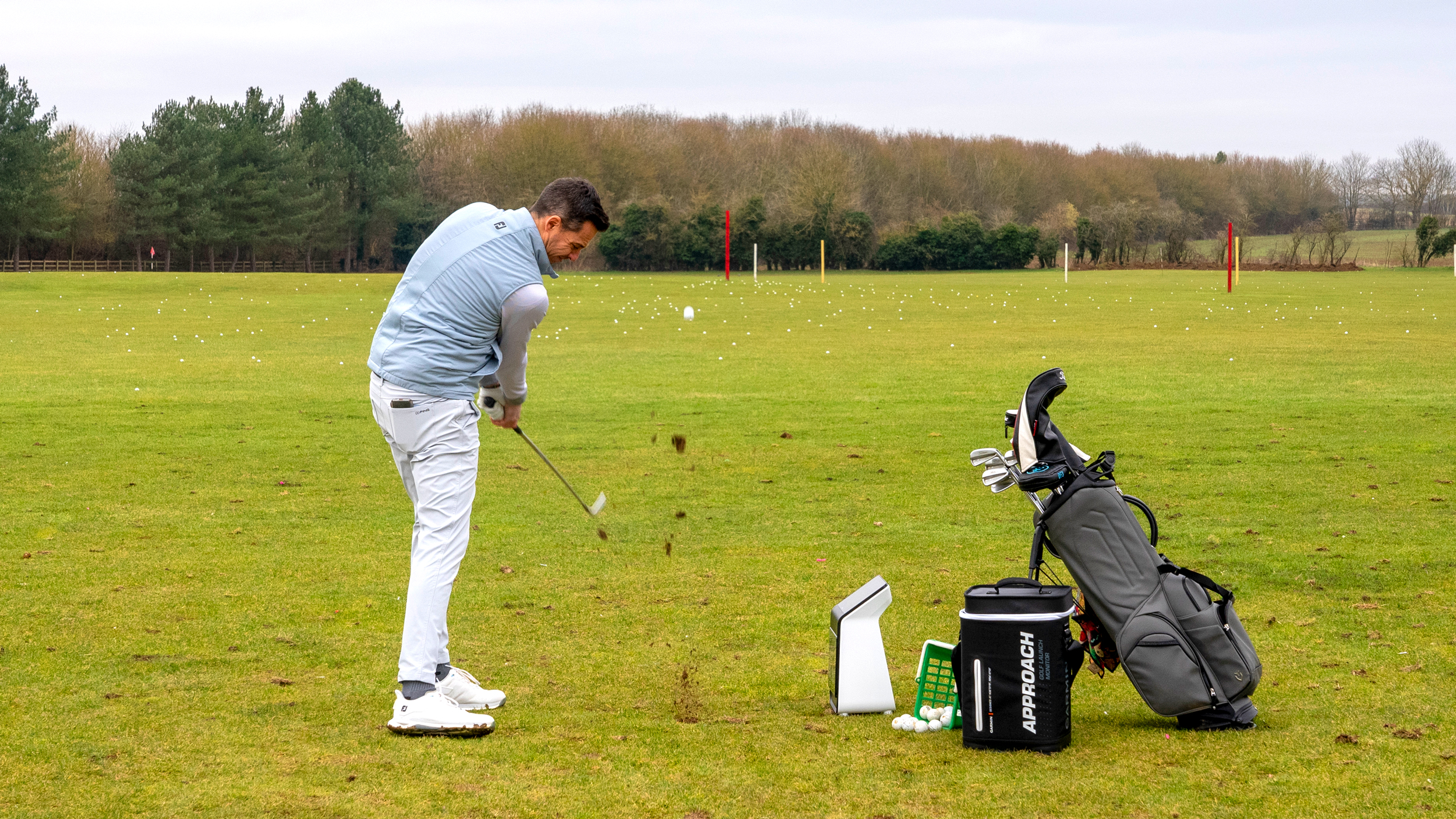
The hitting area is pretty generous, perhaps not quite as big as with Foresight but plenty big enough, although this does get smaller when you choose to gather club and ball data, which might become a problem when hitting outdoors on grass and you have to keep moving the unit to get away from divots. The fact that the ball placement area is almost directly in front of the unit means that even the worst of shanks shouldn’t make contact with the unit - no promises though!
As great as the practice experience was, the Play mode is where the most fun is to be had. Garmin has really enhanced the graphics on its Home Tee Hero software and golfers have over 43,000 courses to choose from, so you can play pretty much anywhere you want. You get very cool flyovers of each hole before you tee off and the courses are realistic enough - it makes power deductions for lies in the rough and bunker and it shows you the breaks on the greens. The putting element worked well too after some practice - you can choose how far you want to get gimmies from, I'd recommend somewhere between 6-8 feet as from that distance it starts to get a little awkward.
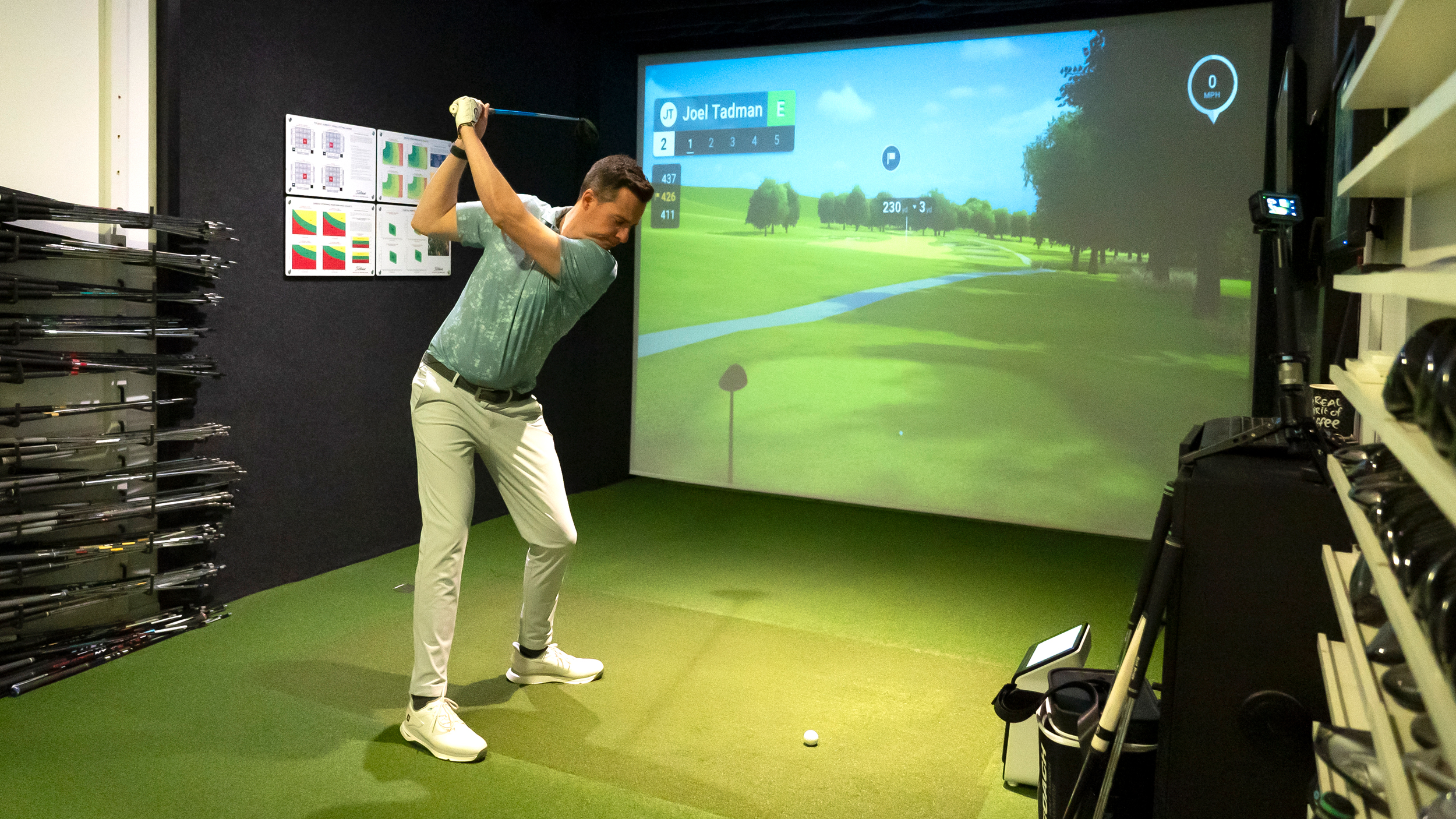
The greens were also incredibly quick to chip on to, despite being set to a modest 8 on the stimp meter. But being able to play any course in under an hour, whether it’s hooked up to a screen or just using the R50’s display, without any laptop or iPad required, is a game changer. All this enjoyment does come at an extra cost via a Garmin Golf subscription, which works out to £8.99 a month or £89.99 a year. It’s a little annoying, but is par for the course with these things and actually comes in a lot cheaper than some of the software packages provided by competitors.
There is a practical benefit of having the golf simulator functionality built into the R50, having such an extensive course list and the device being easily portable. Before an important round at your home course, you’re able to take your R50 to the driving range or even the practice net (the R50 is camera based, so it doesn’t need to track your ball through the air) and play the first few holes. This makes your pre-round preparation so much more effective - you can hit shots with the clubs you’re about to use, see how the shots fly and make any necessary adjustments. The mulligan feature means you can have another go at certain shots on the course that have you worried if you don’t execute them correctly the first time. Once you’ve nailed them, this will only serve to boost your confidence when you come to this shot in real time.

All in all, my experience with the Approach R50 was an extremely positive one and it absolutely lived up to all the hype. It’s not perfect and I’ve got a few niggles with it - like having to bend or kneel down all the time to change the settings, or the rudimentary look of your session data on the Garmin Golf app, but these are minor qualms. The elephant in the room, perhaps, is that you still require a safe space to hit balls to actually use the R50, which will naturally come at an extra cost that will likely spill over into the thousands. But compared with other products that offer both launch monitor and simulator functionality, the investment would still be relatively modest. The R50 has really moved the needle in the golf simulator space and for anyone contemplating setting up their own indoor golf space, the launch of this product might well tip them over into doing it.
Get the Golf Monthly Newsletter
Subscribe to the Golf Monthly newsletter to stay up to date with all the latest tour news, equipment news, reviews, head-to-heads and buyer’s guides from our team of experienced experts.

Joel has worked in the golf industry for over 15 years covering both instruction and more recently equipment. He now oversees all equipment and video content at Golf Monthly, managing a team of talented and passionate writers and presenters in delivering the most thorough and accurate reviews, buying advice, comparisons and deals to help the reader or viewer find exactly what they are looking for.
One of his career highlights came when covering the 2012 Masters he got to play the sacred Augusta National course on the Monday after the tournament concluded, shooting a respectable 86 with just one par and four birdies. To date, his best ever round of golf is a 5-under 67 back in 2011. He currently plays his golf at Burghley Park Golf Club in Stamford, Lincs, with a handicap index of 3.1.
Joel's current What's In The Bag?
Driver: Titleist GT3, 9°, Fujikura Ventus Black 6 S shaft.
Fairway wood: Titleist TSR3, 15°
Hybrid: Titleist TSi2, 18°
Irons: Titleist T150, 4-PW
Wedges: Titleist Vokey SM10, 50°, 54° and 58°
Putter: LAB Golf DF3
Ball: 2025 Titleist Pro V1x
You must confirm your public display name before commenting
Please logout and then login again, you will then be prompted to enter your display name.
-
 'You Can't Win Them All If You Don't Win The First' - McIlroy Grand Slam Odds Shorten After Masters Victory
'You Can't Win Them All If You Don't Win The First' - McIlroy Grand Slam Odds Shorten After Masters VictoryMcIlroy completed the Career Grand Slam after winning The Masters, with his odds of claiming the Grand Slam in 2025 slashed after his Green Jacket victory
By Matt Cradock Published
-
 'It Was A Nice Touch And A Little Bit Ironic At The Same Time' - Past Champion Makes Heartfelt Gesture To Rory McIlroy Before Masters Victory
'It Was A Nice Touch And A Little Bit Ironic At The Same Time' - Past Champion Makes Heartfelt Gesture To Rory McIlroy Before Masters VictoryThe Northern Irishman received a good luck message in his locker from a certain former champion prior to Sunday's find round
By Michael Weston Published
-
 Golf's Good Guy Justin Rose Shares Extraordinary First Words To Rory McIlroy After Englishman's Second Masters Playoff Heartbreak
Golf's Good Guy Justin Rose Shares Extraordinary First Words To Rory McIlroy After Englishman's Second Masters Playoff HeartbreakJustin Rose gave a typically classy response after his agonizing playoff defeat to Rory McIlroy at The Masters
By Mike Hall Published